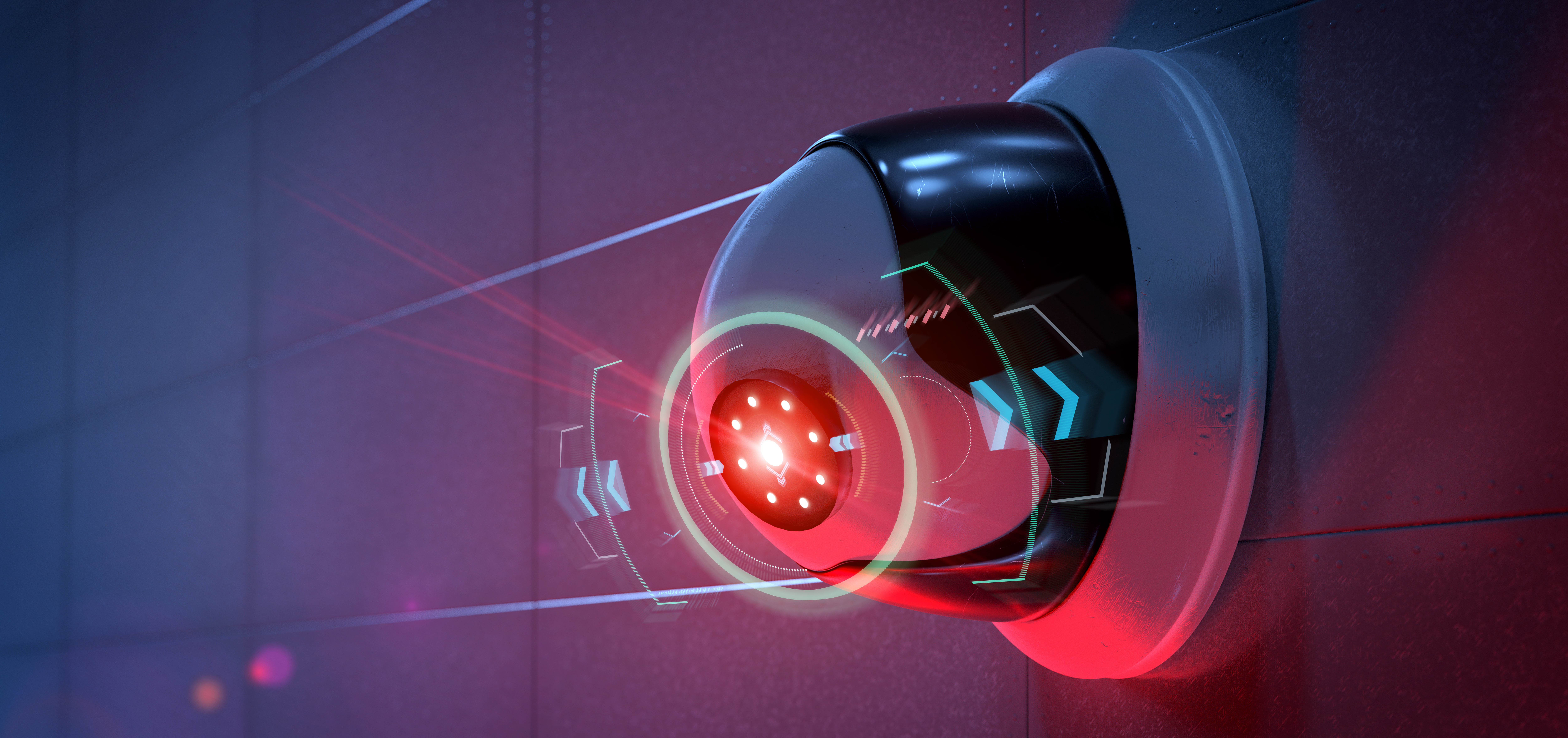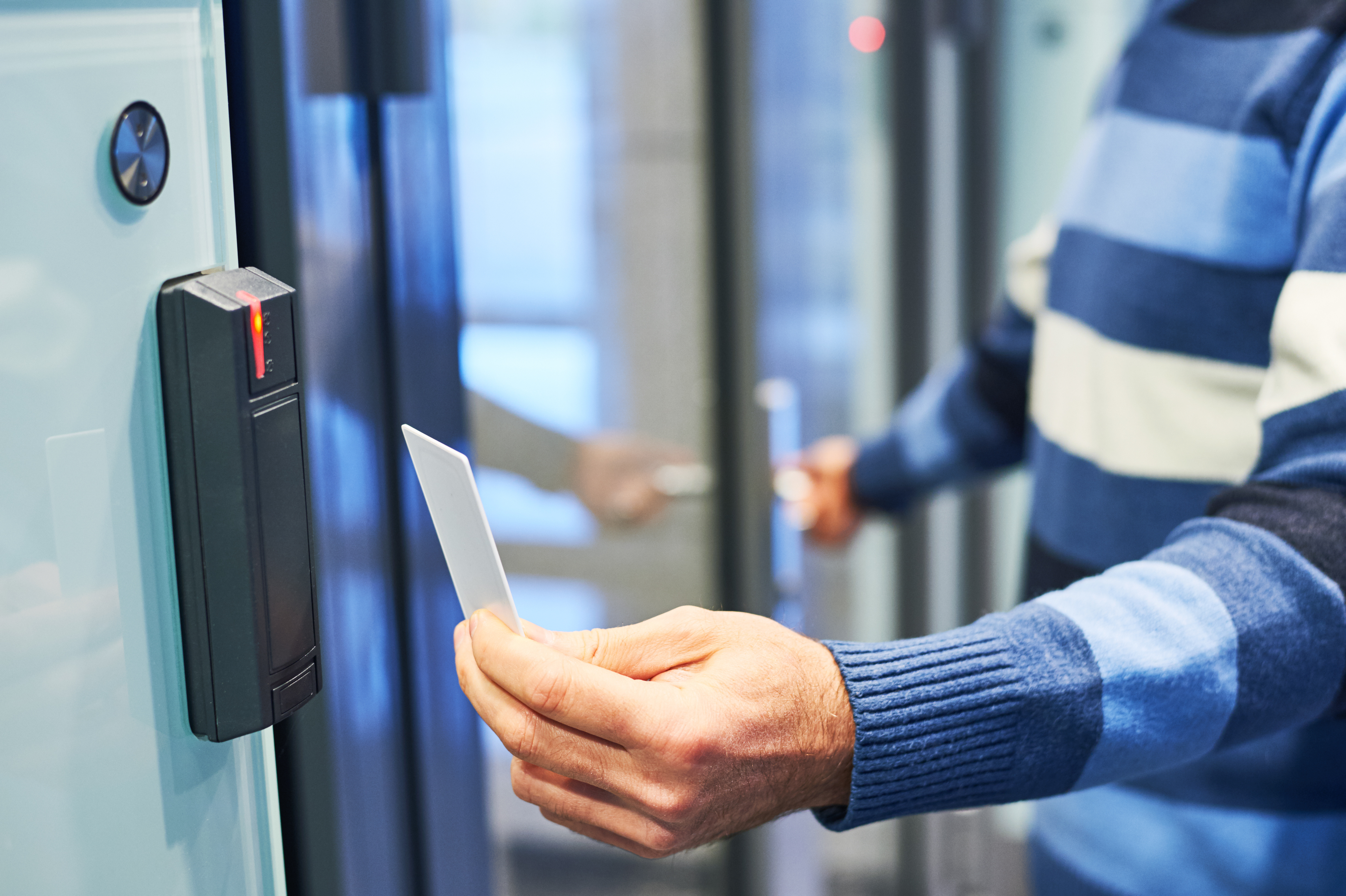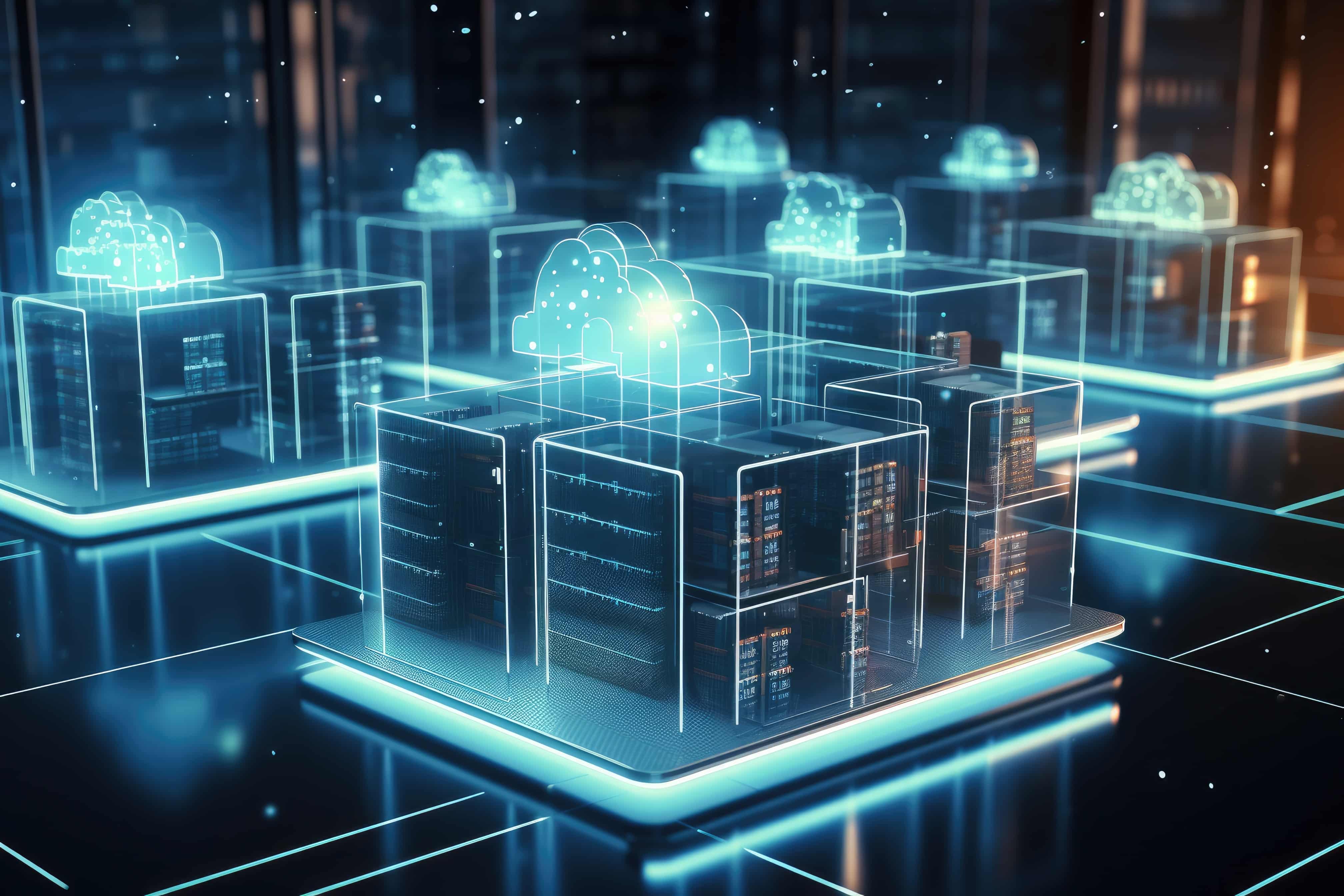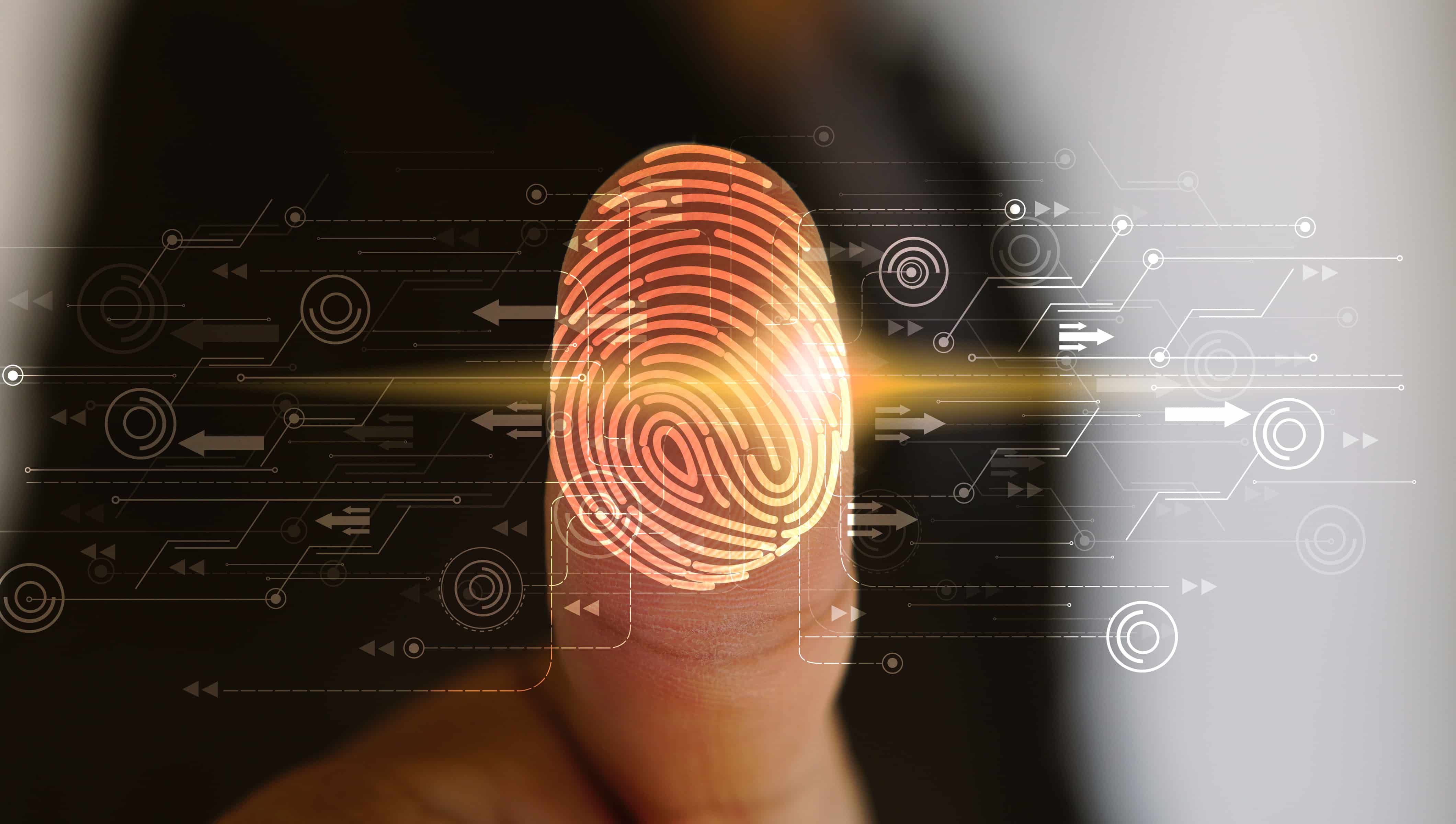In our data-driven world, data centers serve as the backbone of the digital revolution. They house an immense amount of sensitive information critical to organizations, ranging from financial records to personal data. Ensuring the physical security of data centers is of paramount importance. After all, a data center’s physical property is the first level of security. By meeting the ever-evolving security mandates and controlling access to the premises, while maintaining and documenting a chain of custody during data decommissioning, data centers ensure that only authorized personnel have the privilege to interact with and access systems and their sensitive information.
Levels of Security Within Data Centers
Before any discussion on physical security best practices for data centers can begin, it’s important to think of data center security as a multi-layered endeavor, with each level meticulously designed to strengthen the protection of data against potential breaches and unauthorized access.
Data centers with multi-level security measures, like Google and their six levels of data center security, represent the pinnacle of data infrastructure sophistication. These facilities are designed to provide an exceptional level of reliability and high security, offering the utmost advances in modern day security, ensuring data remains available, secure, and accessible.
Below we have briefly broken down each security level to offer an inside peek at Google’s advanced security levels and best practices, as they serve as a great framework for data centers.
- Level 1: Physical property surrounding the facility, including gates, fences, and other more significant forms of defenses.
- Level 2: Secure perimeter, complete with 24/7 security staff, smart fencing, surveillance cameras, and other perimeter defense systems.
- Level 3: Data center entry is only accessible with a combination of company-issued ID badges, iris and facial scans, and other identification-confirming methods.
- Level 4: The security operations center (SOC) houses the facility’s entire surveillance and monitoring systems and is typically managed by a select group of security personnel.
- Level 5: The data center floor only allows access to a small percentage of facility staff, typically made up solely of engineers and technicians.
- Level 6: Secure, in-house data destruction happens in the final level and serves as the end-of-life data’s final stop in its chain of custody. In this level, there is typically a secure two-way access system to ensure all end-of-life data is properly destroyed, does not leave the facility, and is only handled by staff with the highest level of clearance.
As technology continues to advance, we can expect data centers to evolve further, setting new, intricate, and more secure standards for data management in the digital age.
Now that you have this general overview of best practices, let’s dive deeper.
Key Elements of Data Center Physical Security
Effective data center physical security involves a combination of policies, procedures, and technologies. Let’s focus on five main elements today:
- Physical barriers
- Surveillance and monitoring
- Access controls and visitor management
- Environmental controls
- Secure in-house data decommissioning
Physical Barriers
Regardless of the type of data center and industry, the first level of security is the physical property boundaries surrounding the facility. These property boundaries can range widely but typically include a cocktail of signage, fencing, reinforced doors, walls, and other significant forms of perimeter defenses that are meant to deter, discourage, or delay any unauthorized entry.
Physical security within data centers is not a mere addendum to cybersecurity; it is an integral component in ensuring the continued operation, reputation, and success of the organizations that rely on your data center to safeguard their most valuable assets.
Surveillance and Monitoring
Data centers store vast amounts of sensitive information, making them prime targets for cybercriminals and physical intruders. Surveillance and monitoring systems are the vigilant watchdogs of data centers and act as a critical line of defense against unauthorized access. High-definition surveillance and CCTV cameras, alarm systems, and motion detectors work in harmony to help deter potential threats and provide real-time alerts, enabling prompt action to mitigate security breaches.
Access Controls and Visitor Management
Not all entrants are employees or authorized visitors. Access controls go hand-in-hand with surveillance and monitoring; both methods ensure that only authorized personnel can enter the facility. Control methods include biometric authentication, key cards, PINs, and other secure methods that help verify the identity of individuals seeking entry. These controls, paired with visitor management systems, allow facilities to control who may enter the facility, and allows staff to maintain logs and escort policies to track the movements of guests and service personnel. These efforts minimize the risk of unauthorized access, and by preventing unauthorized access, access controls significantly reduce the risk of security breaches.
Under the umbrella of access controls and visitor management is another crucial step in ensuring that only authorized persons have access to the data: assigning and maintaining a chain of custody.
But what exactly is a chain of custody?
A chain of custody is a documented trail that meticulously records the handling, movement, and access, and activity to data. In the context of data centers, it refers to the tracking and documenting of data assets as they move within the facility, and throughout their lifecycle. A robust chain of custody ensures that data is always handled only by authorized personnel. Every interaction with the data, whether it’s during maintenance, migration, backup, or destruction, is documented. This transparency greatly reduces the risk of unauthorized access or tampering, enhancing overall data security and helps maintain data integrity, security, and compliance with regulations.
Environmental Controls
Within the walls of data centers, a crucial aspect of safeguarding your digital assets lies in environmental controls, so facilities must not only fend off human threats but environmental hazards, as well. As unpredictable as fires, floods, and extreme temperatures can be, data centers must implement robust environmental control systems as they are essential in preventing equipment damage and data loss.
Environmental control systems include, but are not limited to:
- Advanced fire suppression systems to extinguish fires quickly while minimizing damage to both equipment and data.
- Uninterruptible power supplies (UPS) and generators ensure continuous operation even in the face of electrical disruptions.
- Advanced air filtration and purification systems mitigate dust and contaminants that can harm your equipment, keeping your servers and equipment uncompromised.
- Leak detection systems are crucial for any data center. They are designed to identify even the smallest amount of leaks and trigger immediate responses to prevent further damage.
These systems are the unsung heroes, ensuring the optimal conditions for your data to (securely) thrive and seamlessly integrate with physical security measures.
In-House Data Decommissioning
While there’s often a strong emphasis on data collection and storage (rightfully so), an equally vital aspect in data center security is often overlooked—data decommissioning. In-house data decommissioning is the process of securely and responsibly disposing of any data considered “end-of-life,” ultimately empowers organizations to maintain better control over their data assets. Simply put, this translates to the physical destruction of any media that is deemed end-of-life by way of crushing for hard disk drives (HDDs), shredding for paper and solid state drives (SSDs), and more.
When data is properly managed and disposed of, organizations can more effectively enforce data retention policies, ensuring that only relevant and up-to-date information is retained. This, in turn, leads to improved data governance and reduces the risk of unauthorized access to sensitive data.
In-house data decommissioning ensures that sensitive data is disposed of properly, reducing the risk of data leaks or breaches. It also helps organizations comply with data privacy regulations such as GDPR and HIPAA, which often require stringent secure data disposal practices.
Physical Security Compliance Regulations
We understand that not all compliance regulations are a one-size-fits-all solution for your data center’s security needs. However, the following regulations can still offer invaluable insights and a robust cybersecurity framework to follow, regardless of your specific industry or requirements.
ISO 27001: Information Security Management System (ISMS)
ISO 27001 is an internationally recognized standard that encompasses a holistic approach to information security. This compliance regulation covers aspects such as physical security, personnel training, risk management, and incident response, ensuring a comprehensive security framework.
When it comes to physical security, ISO 27001 provides a roadmap for implementing stringent access controls, including role-based permissions, multi-factor authentication, and visitor management systems, and the implementation of surveillance systems, intrusion detection, and perimeter security. Combined, these controls help data centers ensure that only authorized personnel can enter the facility and access sensitive areas.
Data centers that adopt ISO 27001 create a robust framework for identifying, assessing, and mitigating security risks.
ISO 27002: Information Security, Cybersecurity, and Privacy Protection – Information Security Controls
ISO 27002 offers guidelines and best practices to help organizations establish, implement, maintain, and continually improve an information security management system, or ISMS. While ISO 27001 defines the requirements for an ISMS, ISO 27002 provides the practical controls for data centers and organizations to implement so various information security risks can be addressed. (It’s important to note that an organization can be certified in ISO 27001, but not in ISO 27002 as it simply serves as a guide.
While ISO 27002’s focus is not solely on physical security, this comprehensive practice emphasizes the importance of conducting thorough risk assessments to identify vulnerabilities and potential threats in data centers, which can include physical threats just as much as cyber ones. Since data centers house sensitive hardware, software, and infrastructure, they are already a major target for breaches and attacks. ISO 27002 provides detailed guidelines for implementing physical security controls, including access restrictions, surveillance systems, perimeter security and vitality of biometric authentication, security badges, and restricted entry points, to prevent those attacks.
Conclusion
In an increasingly digital world where data is often considered the new currency, data centers serve as the fortresses that safeguard the invaluable assets of organizations. While we often associate data security with firewalls, encryption, and cyber threats, it’s imperative not to overlook the significance of physical security within these data fortresses.
By assessing risks associated with physical security, environmental factors, and access controls, data center operators can take proactive measures to mitigate said risks. These measures greatly aid data centers in preventing unauthorized access, which can lead to data theft, service disruptions, and financial losses. Additionally, failing to meet compliance regulations can result in severe legal consequences and damage to an organization’s reputation.
In a perfect world, simply implementing iron-clad physical barriers and adhering to compliance regulations would completely eliminate the risk of data breaches. Unfortunately, that’s simply not the case. Both data center security and compliance encompass not only both cybersecurity and physical security, but secure data sanitization and destruction as well. The best way to achieve that level of security is with an in-house destruction plan.
In-house data decommissioning allows organizations to implement and enforce customized security measures that align with their individual security policies and industry regulations. When data decommissioning is outsourced, there’s a risk that the third-party vendor may not handle the data with the same level of care and diligence as in-house teams would.
Throughout this blog, we’ve briefly mentioned that data centers should implement a chain of custody, especially during decommissioning. In-house data decommissioning and implementing a data chain of custody provide data centers the highest levels of control, customization, and security, making it the preferred choice for organizations that prioritize data protection, compliance, and risk mitigation. By keeping data decommissioning within their own control, organizations can ensure that their sensitive information is handled with the utmost care and security throughout its lifecycle.
At SEM, we have a wide range of data center solutions designed for you to securely destroy any and all sensitive information your data center is storing, including the SEM iWitness Media Tracking System and the Model DC-S1-3.
The iWitness is a tool used in end-of-life data destruction to document the data’s chain of custody and a slew of crucial details during the decommissioning process. The hand-held device reports the drive’s serial number, model and manufacturer, the method of destruction and tool used, the name of the operator, date of destruction, and more, all easily exported into one CSV file.
The DC-S1-3 is specifically designed for data centers to destroy enterprise rotational/magnetic drives and solid state drives. This state-of-the-art solution uses specially designed saw tooth hook cutters to shred those end-of-life rotational hard drives to a consistent 1.5″ particle size. This solution is available in three configurations: HDD, SSD, and a HDD/SSD Combo. The DC-S1-3 series is ideal for the shredding of HDDs, SSDs, data tapes, cell phones, smartphones, optical media, PCBs, and other related electronic storage media.
The consequences of improper data destruction are endless, and statute of limitations don’t apply to data breaches. No matter what the industry, purchasing in-house, end-of-life data destruction equipment is well worth the investment. This can in turn potentially save your data center more time and money in the long run by preventing breaches early on.






